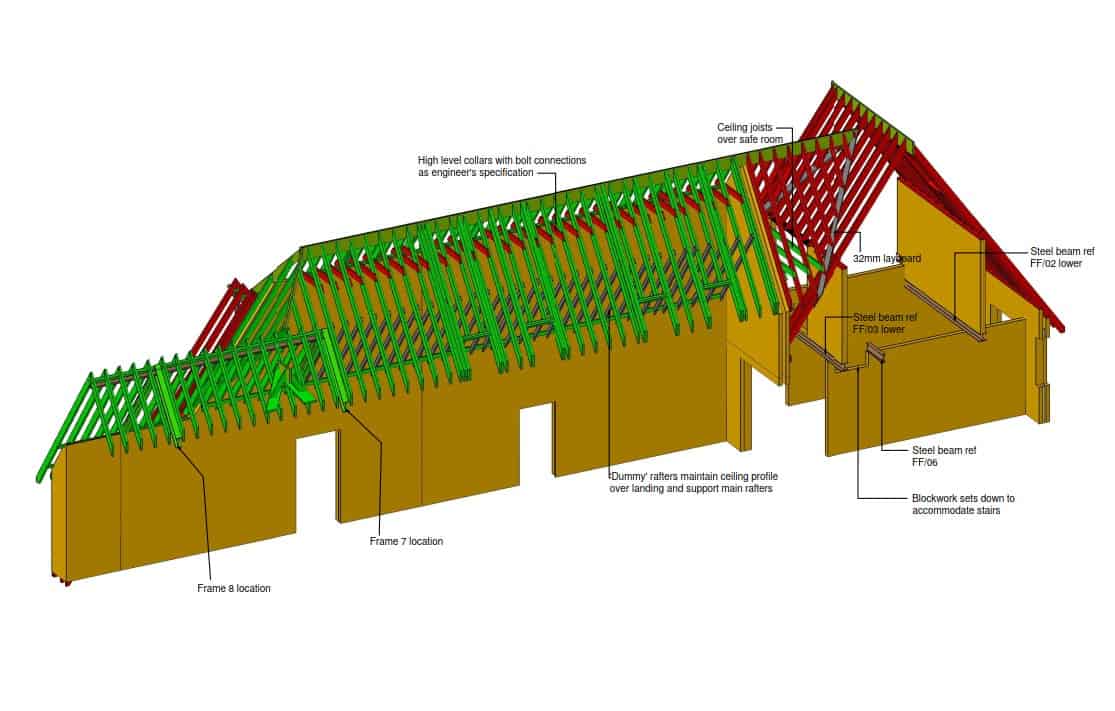Building a home of your own is something that many people dream of. When you design and build your own home, you are getting a property that is unique to you and something that is suited to your lifestyle.
Choosing to build a new home means you can get exactly what you want in a property, for less than it would cost to buy it. This guide to new build and self building gives an outline of things you need to know
The benefits are numerous, from getting a space tailored to your exacting needs to the chance to make a profit on your build if you ever come to sell, self build is definitely worth considering in your quest for the perfect home.
Of course, self build is likely to be far more challenging than simply buying a new home, but if you get to grips with the process with this helpful guide, you’ll be armed with all the information to both anticipate these challenges and succeed with your project.
Self build refers to when an individual commissions a house to be built on a piece of land that they own to live in. Self build usually encompasses a process where the would-be homeowner has control over the build, and can work with an architect, architectural technologist or design and build team to create a home that fits their specific requirements.
NEW BUILD
New build is often lumped together with custom build, but the terms aren’t interchangeable and differ by the amount of involvement the individual has in the build and in the self build project management. While approximately 11,000 self build homes are built each year, less than 10% of those homeowners were physically involved in the process by taking on the building work.
You will also need to be aware of the factors that may cause your build costs to skyrocket, such as:
- Location: land prices and labour costs will vary across the country
- Size: the bigger the house, the more expensive it will be to build (although careful design can help achieve some economies of scale). At the beginning of the project, we would always advise the client what consents and approvals may be required. In complex cases, we would recommend applying for a pre-planning advice before submitting a full planning application. For more information use this planning application guide https://www.rbddesign.com/planning-applications/
- Plan, shape and layout: the simplest and most cost-effective floorplan is square
- Number of storeys: multiple storeys make better use of the land and can reduce foundation and roof costs per m²
- Specification: if you want premium or non-standard products, expect your build costs to rise considerably
- Involvement: depending on how much of the work you are capable of taking on yourself, you can substantially reduce your build costs of the obstacles faced by self builders, including finding land, securing planning permission and getting services to site.
This is also a more hands-off approach, but still offers the chance for an individual home that meets individual needs. Custom build sites are usually managed by developers who can give you more information on the financial requirements.
If you are looking to carry out an new build development in London or the South of England, then please get in touch with our team for further information.


